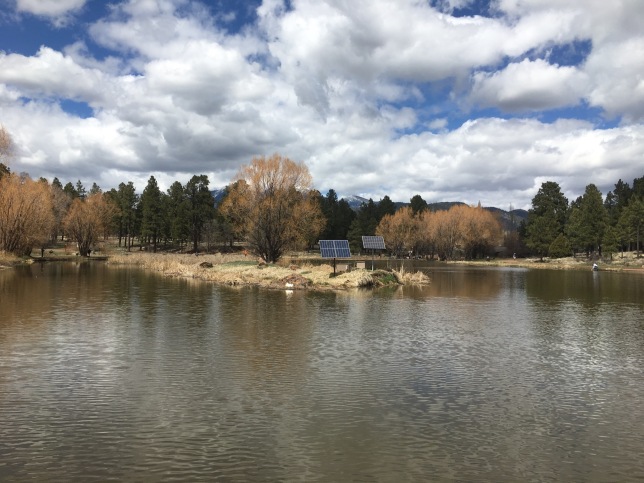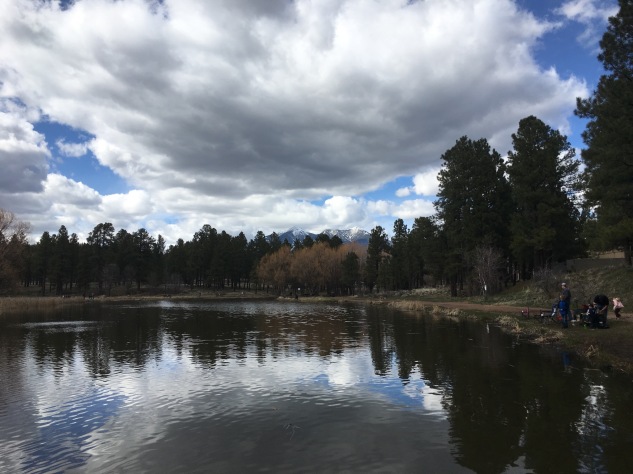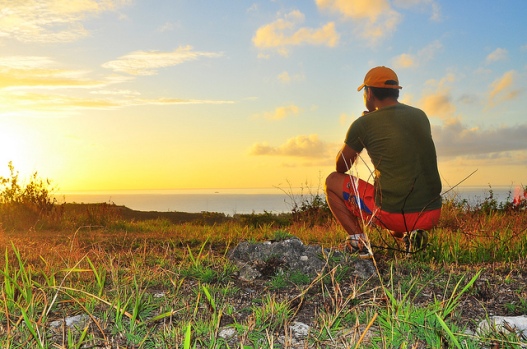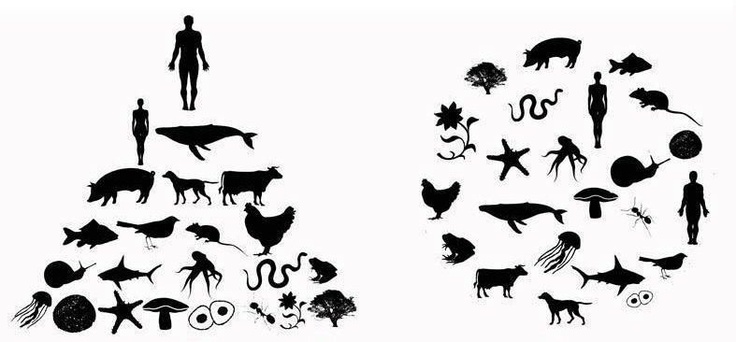As a vast majority of us have come to realize, the world’s natural resources are depleting every year, becoming more and more scarce. I agree with Julia Corbett’s argument in her final chapter of “Communicating Nature”, about the environment being a strongly vague concept for most of us to grasp. Commonly, the environment is thought of as something distant and sacred that humans are not a part of. The way(s) of accomplishing a drastic change in the attitudes and behaviors of ordinary citizens is to learn how to better communicate that failure to treat this planet as a single planet not immune to disaster will not only impact the world’s politics and economy, but that it will heavily influence the recipient of the message directly. The most effective means by which to execute so are yet to be realized.
This this is my final blog entry for my Environmental Communication class, I want to discuss the changes this class has brought into my life and what my goals and ambitions are moving forward. Firstly, I learned that Starbucks cups are not recyclable and I now throw them in the general trash bins. Secondly, I walk greater distances on grass and rocks rather than asphalt sidewalks, deepening my relationship with the natural space. Thirdly, I added a minimum of one day per week that I dedicate to spending time outdoors for over two hours.
Moving forward, my primary objective is to heavily cut down on my food expenses. I recognized that as much as I learned about what kind of animal cruelty and resource extraction my credit card supports each time I swipe it, eating fatty foods is simply an addiction of mine that I will need to cure. I have been using food as leisure my whole life but only here in America when the bills came and my lecturer discussed its consequences did an alarm bell start ringing.
Next, as soon as I return home to the Czech Republic, I intend to begin spreading the message about climate change and how we can help to slow it down with simple every-day actions, such as using a hand dryer rather than paper towels after washing our hands. You see, recycling, cooking at home, cutting down on or refusing to eat meat entirely, are all great actions but mean very little by themselves individually. It is as if one’s goal is to be healthy and so he/she begins working out, however, continues to eat poorly, walk with poor posture, and spend less than five percent time outdoors.
Saving our planet from disaster while we still have time will impact many of our everyday decisions at the same time. It must not be a mere sweeping of a dirty floor, but rather a whole new lifestyle dedicated toward a greener and healthier way of living. I anticipate a lot of resistance upon spreading this message, especially in a country that still holds on to a Communistic way of thinking. Nevertheless, I shall do my best to persuade my friends and family of the big risks that are involved in the accumulation of supposedly meaningless actions we take daily without giving them a second thought.
I have enjoyed the learning process in my Environmental Communications class and would like to dedicate a special word of thanks to our Spring 2019 professor, Ms. Caitlin M. Burford.
(561)
Book source:
Corbett, Julia B. 2006. Communicating Nature: How We Create and Understand Environmental Messages. USA: Island Press.




